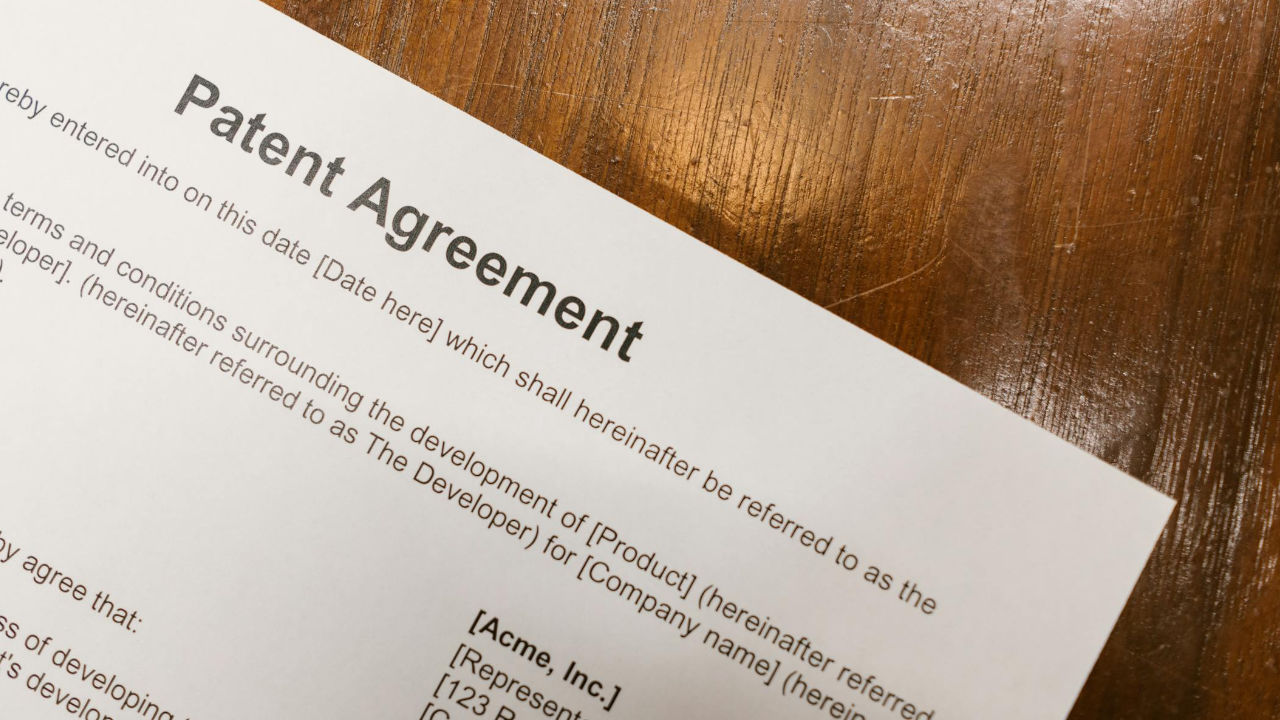
The E-2 Treaty Investor Visa is a valuable pathway for entrepreneurs from treaty countries to invest in and run businesses in the United States. While traditional E-2 visa investments often involve cash or physical assets, intellectual property (IP)—such as patents, trademarks, copyrights, and proprietary technologies—can also be included as part of the investment. However, doing so requires a strategic approach to valuation and documentation.
Using Intellectual Property as Part of an E-2 Visa Investment
Intellectual property can qualify as part of your E-2 investment, provided it contributes to the operation of the business and has a verifiable market value. To meet U.S. Citizenship and Immigration Services (USCIS) standards, applicants must show that the IP is integral to the business and enhances its ability to generate revenue.
For example, a patent or trademark alone may not satisfy the E-2 visa’s substantial investment requirement, but it can support the investment when combined with other assets. If the IP—such as a software algorithm or unique brand—gives the business a competitive edge and will be actively used in operations, it can strengthen the E-2 application significantly.
How to Establish a Credible Valuation of Intellectual Property for an E-2 Visa
A credible, well-supported valuation is essential when using IP to meet the E-2 visa investment threshold. Here’s how you can support your claim:
-
Professional Appraisal: Hire a qualified valuation expert who can determine the fair market value of your intellectual property.
-
Detailed Documentation: Include comprehensive valuation reports explaining the methodology, assumptions, and calculations used.
-
Comparable Market Data: Provide examples of similar IP sales or licensing deals to reinforce your valuation.
Note that if you’re attempting to include a patent pending, the process becomes more nuanced. Although a pending patent indicates progress toward IP ownership, its value must still be demonstrated through realistic forecasts and projections. USCIS will expect clear evidence of its potential economic contribution.
Structuring Your E-2 Investment with Intellectual Property
Once the IP is properly valued, it must be formally transferred to the U.S. business entity. This transaction should be documented in legal agreements that clearly define ownership, usage rights, and the role the IP will play in business operations.
The E-2 enterprise must be an active, for-profit commercial business. Your IP should directly support the generation of revenue and job creation. For instance, a business plan and market analysis can help show how the IP will be leveraged to attract customers, enhance branding, or deliver innovative services.
Demonstrating the Value of IP in Your E-2 Visa Application
To convince USCIS of the IP’s value to your business, provide documentation that shows:
-
How the IP will be used in day-to-day operations.
-
Its role in revenue generation, such as licensing, exclusive products, or branded services.
-
Its competitive advantage, such as unique features or barriers to entry for competitors.
While a trademark or brand asset alone might not fulfill the entire investment requirement, when bundled with other expenditures—like business setup costs, inventory, or marketing—it can significantly contribute to meeting the “substantial investment” threshold.
Ready to Leverage Your Intellectual Property for an E-2 Visa?
Using intellectual property as part of your E-2 visa investment can be a smart and strategic approach—but it must be done correctly. Valuation, legal structuring, and documentation are all key to success.
At Scott Legal, P.C., we have helped countless entrepreneurs navigate the E-2 visa process and incorporate a wide range of assets, including intellectual property, into successful visa petitions. Whether you’re just starting your business or you’re ready to file your E-2 application, we’re here to guide you every step of the way. Let our experienced E-2 visa lawyers help you build a strong, compliant investment case. Schedule a consultation today and take the first step toward launching your U.S. business with confidence.